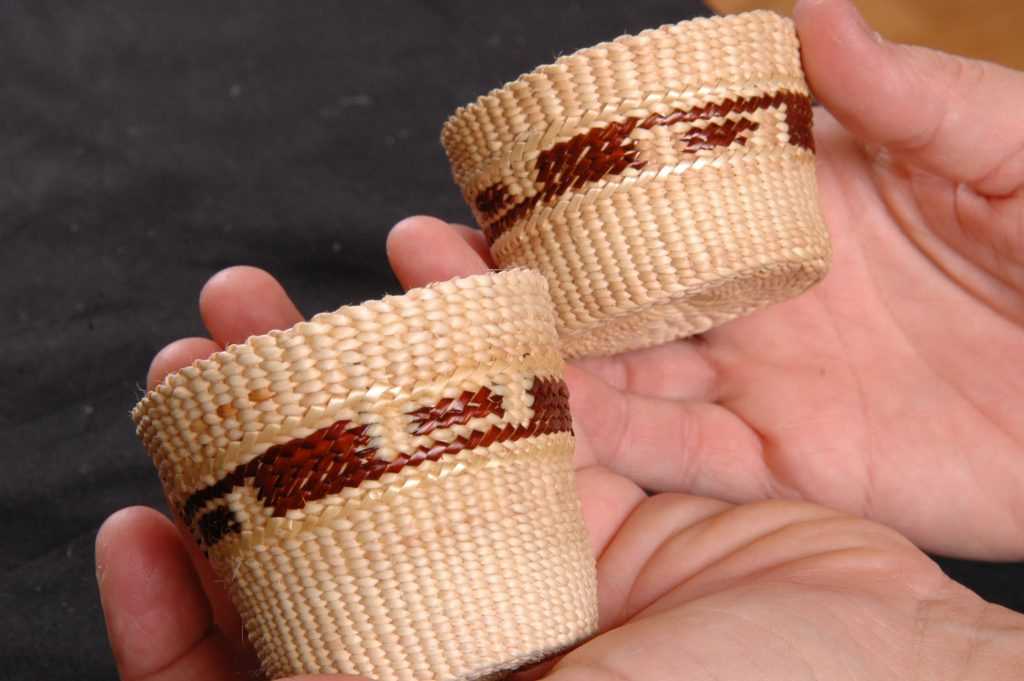“Weaving connects us to the past and teaching passes the weaving art on to the future.” —Delores Churchill
For Alaska Natives like the Tlingit, Haida, and Tsimshian, their deep-seated artistic traditions hold a sacred place in their cultural and social lives. But as the older generation passes on, they’re taking with them their wealth of knowledge and skills, and many precious art forms are in danger of being lost forever. That’s especially true for spruce-root basket weaving, one of the most at-risk Northwest Coast Native art traditions.
At the Sealaska Heritage Institute (SHI), a regional nonprofit whose mission is to perpetuate and enhance Tlingit, Haida and Tsimshian cultures, they retain a database of artists to help provide indications of which art forms are thriving and which are not. On their list of 155 artists, only 11 create spruce-root basketry—that’s just seven percent compared to nearly 39 percent of their artists who create Northwest Coast wood carving.
So, with support from their Lindblad Expeditions-National Geographic Fund grant, SHI launched the Spruce-Root Weaving Mentor Apprenticeship Program.
“The process of gathering, preparing and weaving spruce roots is one of the most complex and labor-intensive processes of basketry weaving in Southeast Alaska Native traditions, and we are worried we will lose the knowledge on how to make spruce-root pieces,” explains SHI President Rosita Worl. “This program seeks to turn things around by fostering new weavers who will also teach the practice to future generations.”





